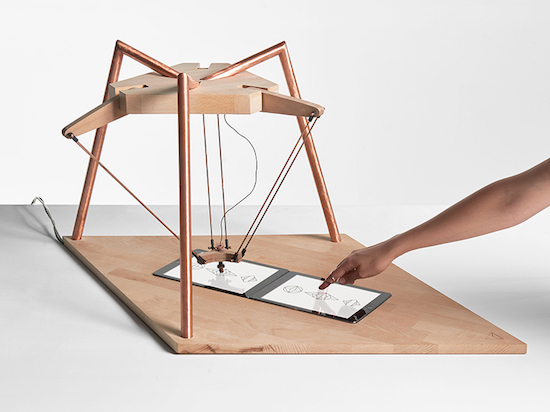Robots haven’t reached human intelligence yet, but Google’s researchers are showing how they’re closing the gap using downloadable intelligence.
Imagine if you could get better at some skill not just by learning and practicing it, but by accessing the brains of others to tap directly into their experiences?
Continue reading… “Google’s next big step for AI: Getting robots to teach each other new skills”











